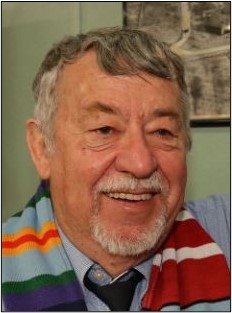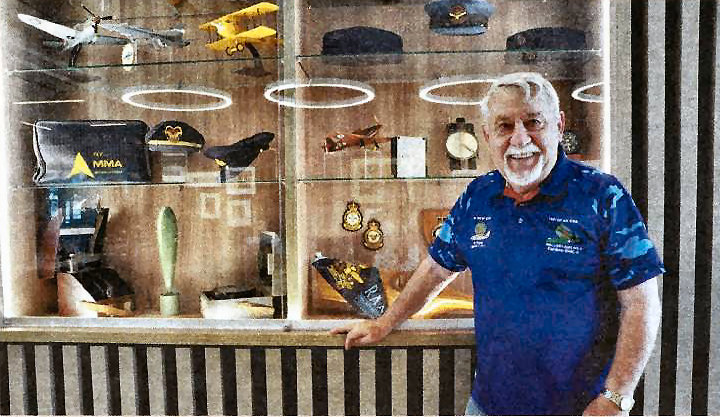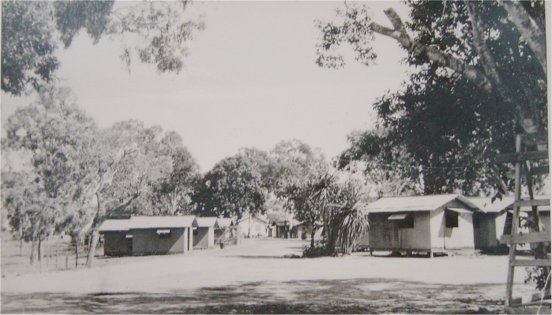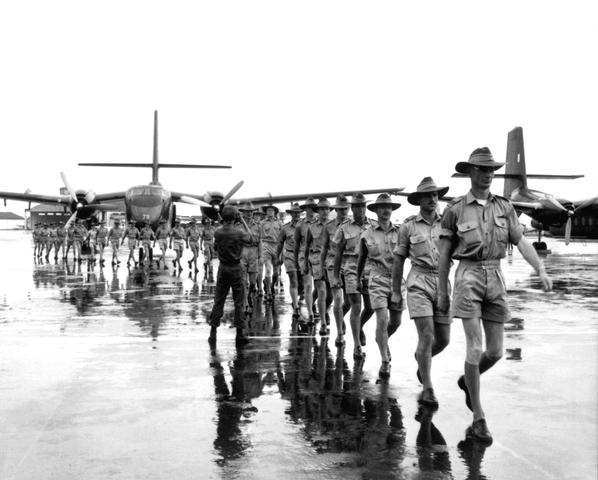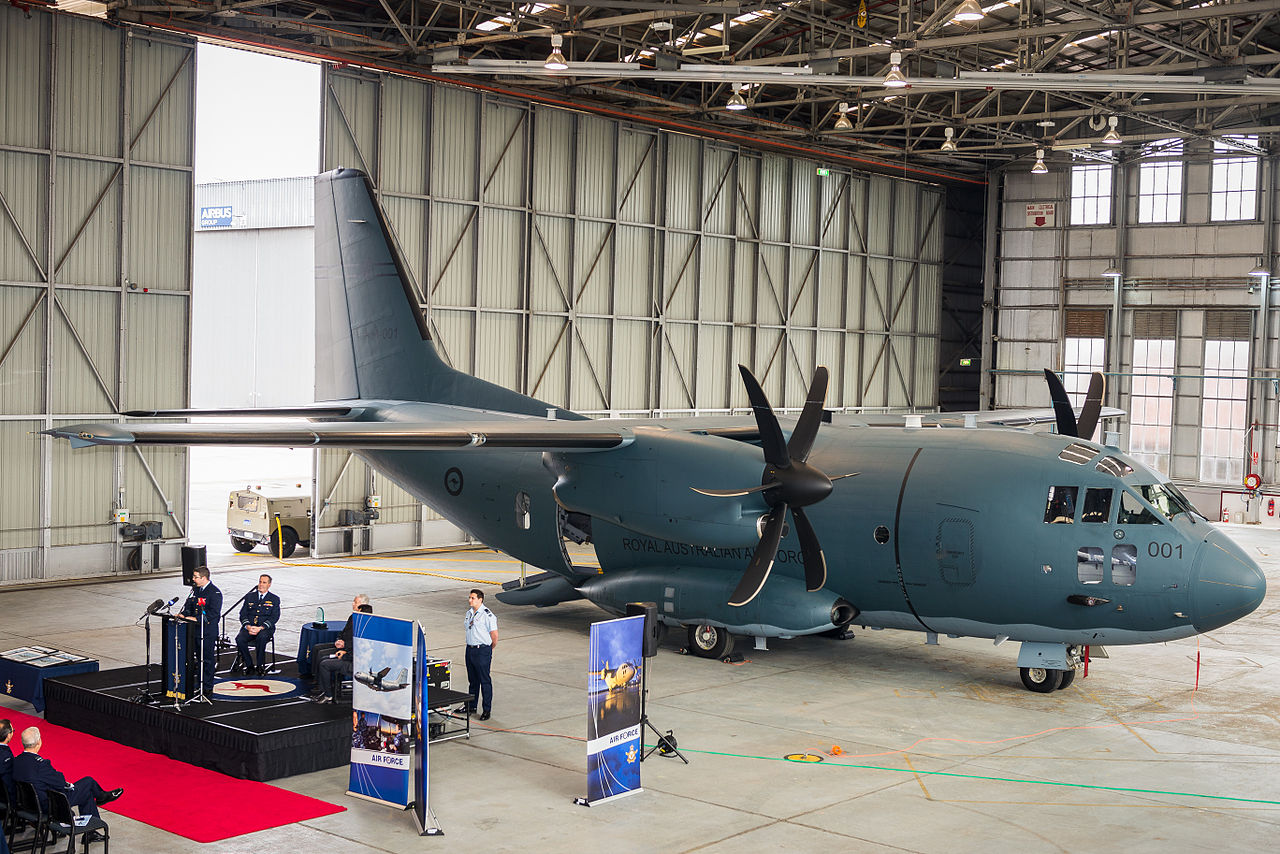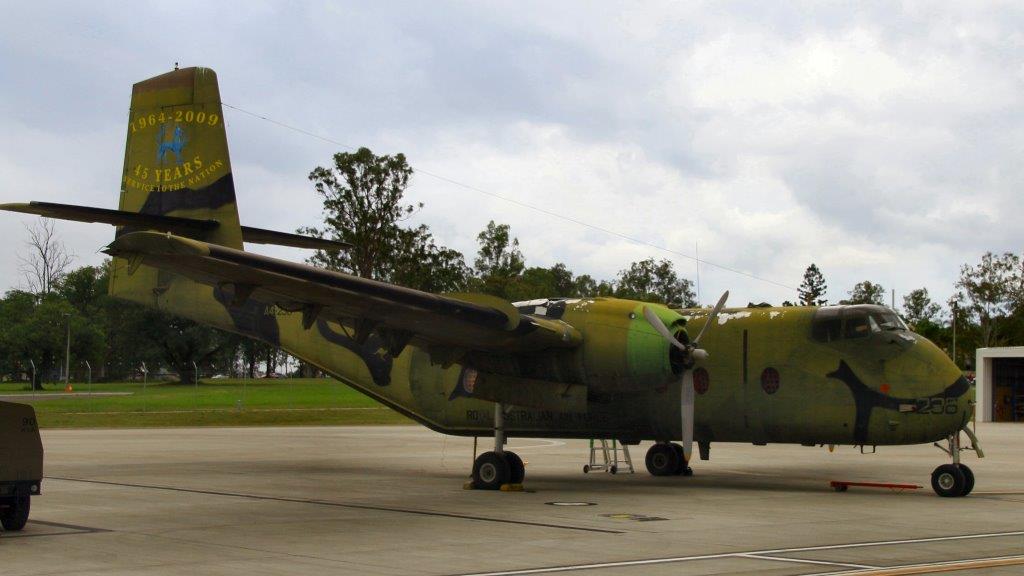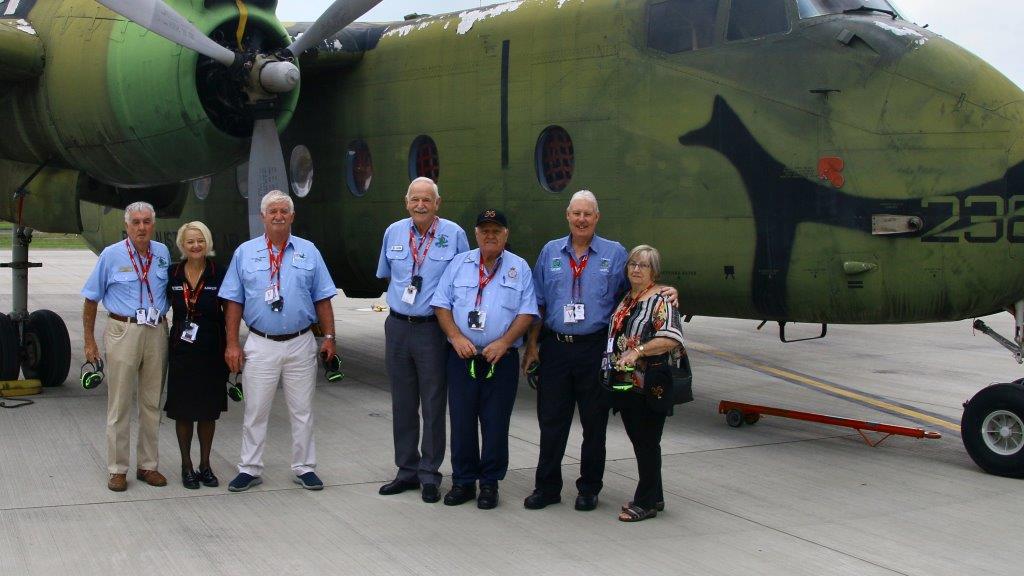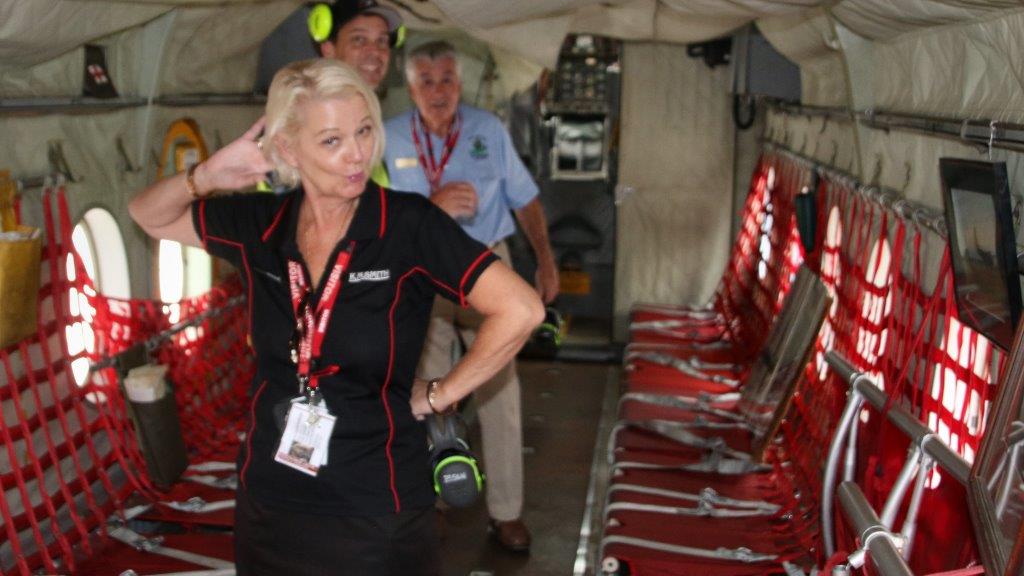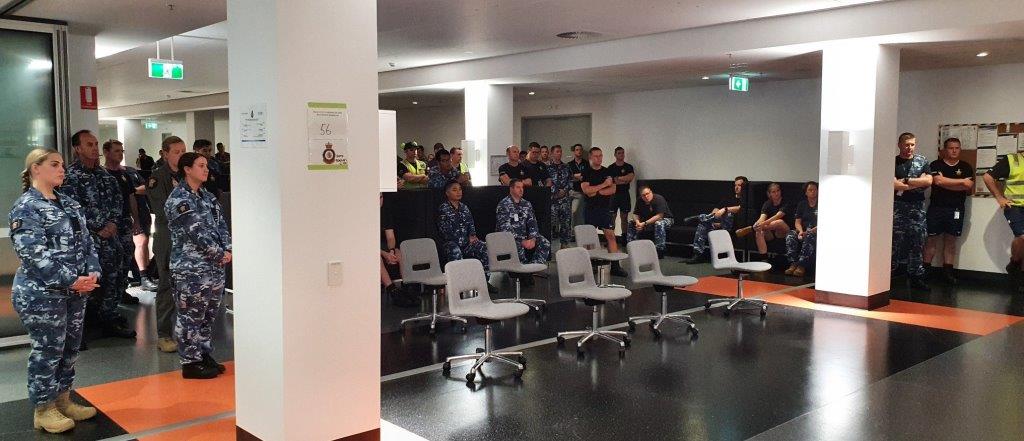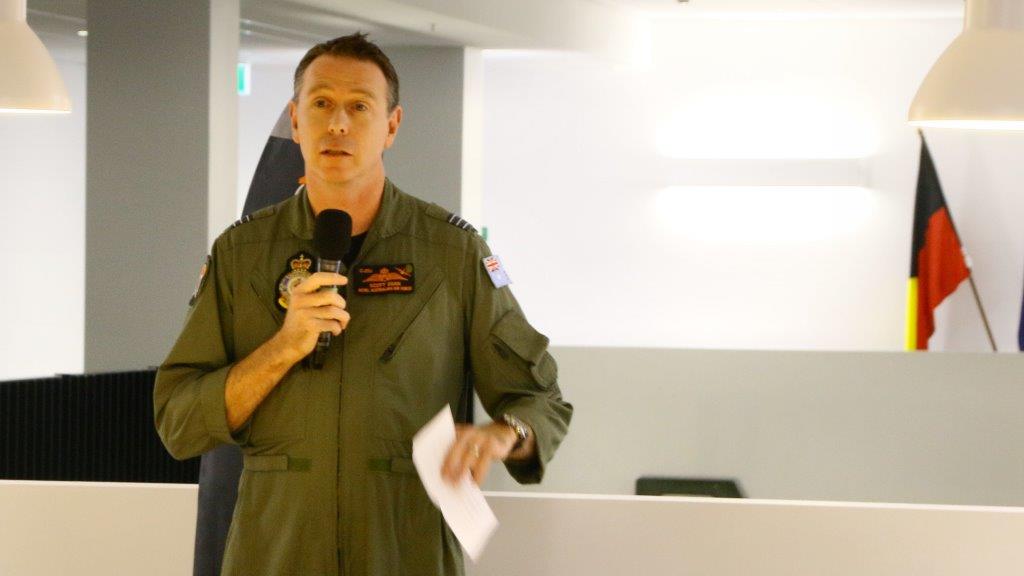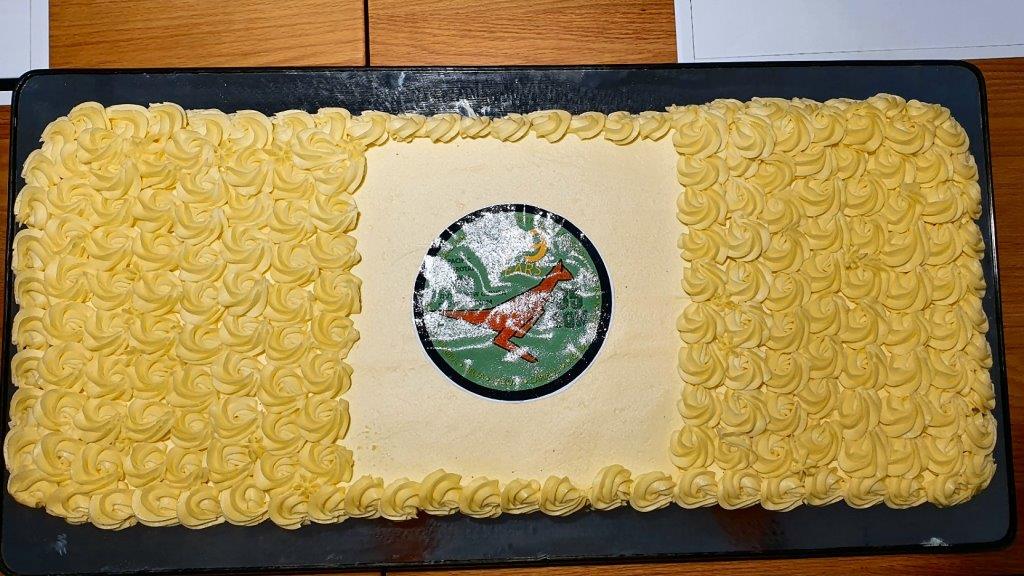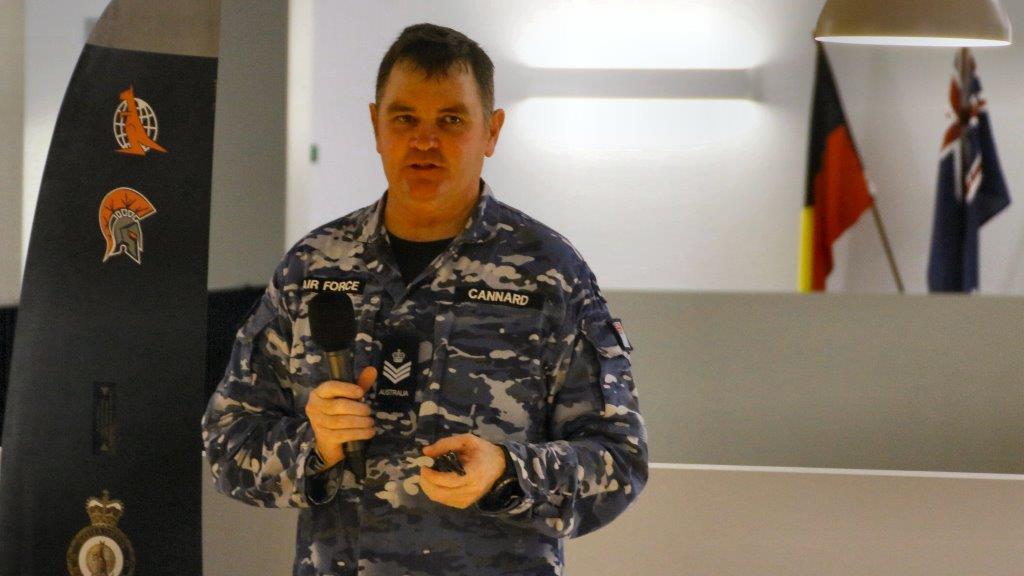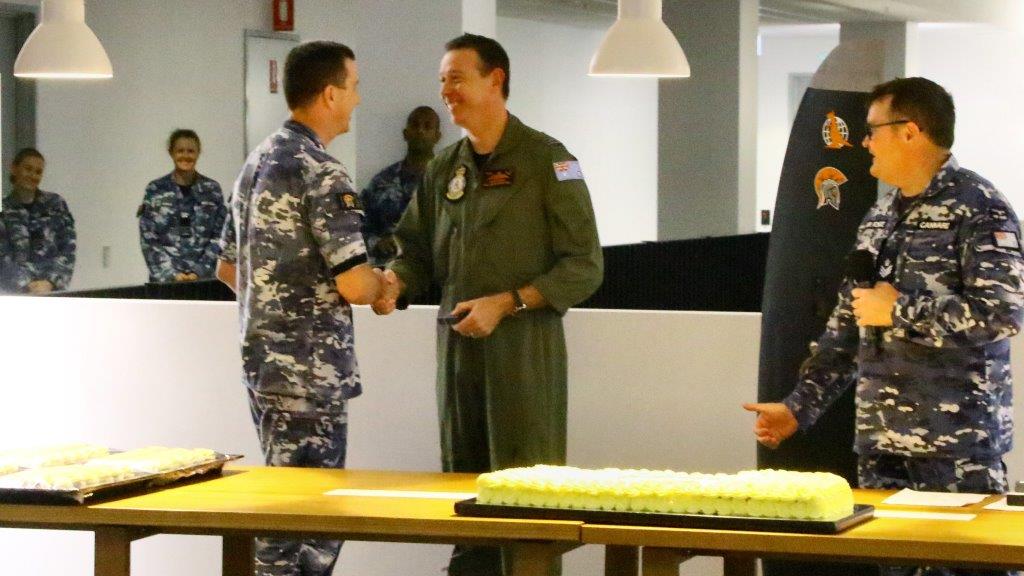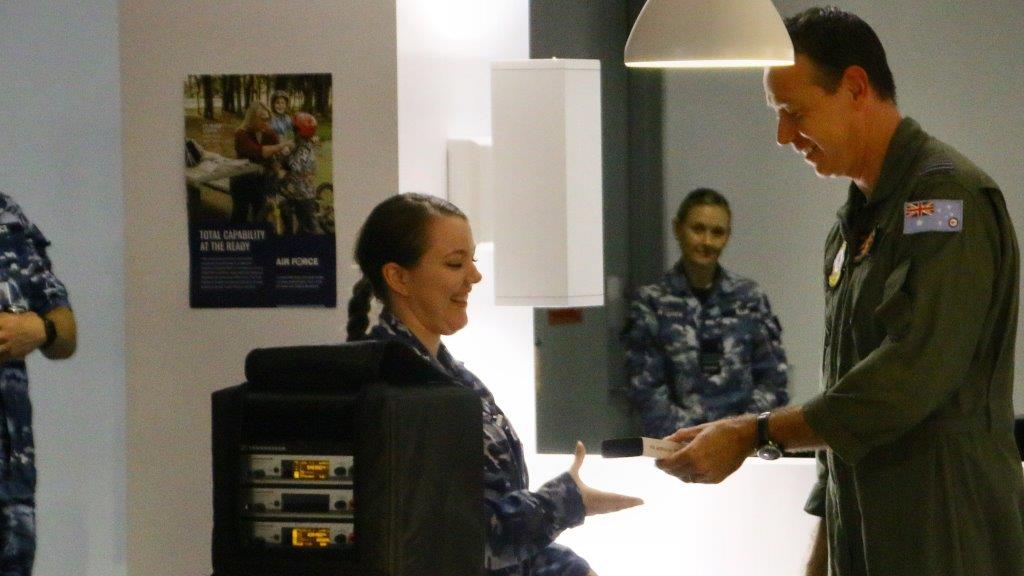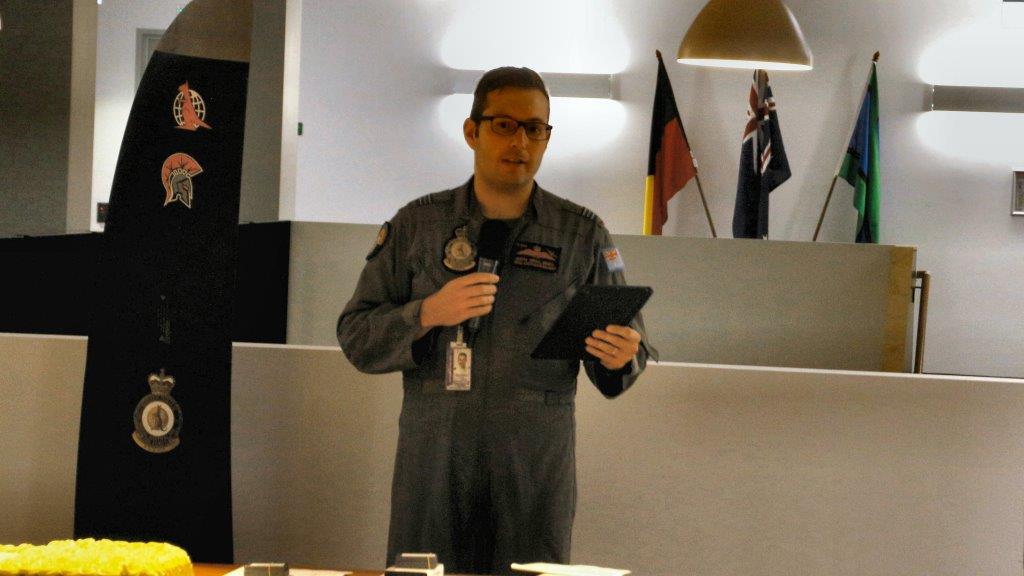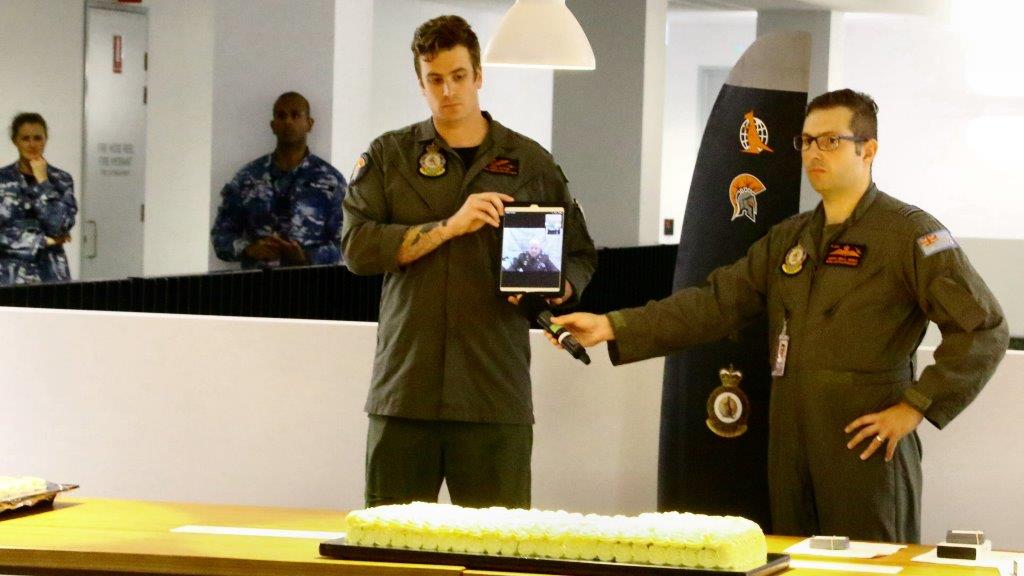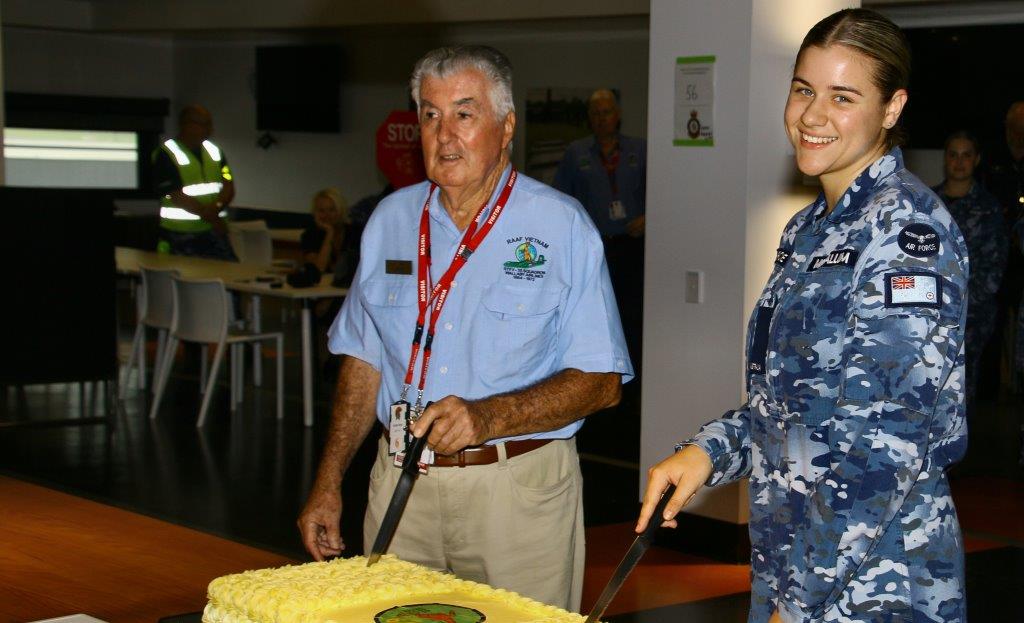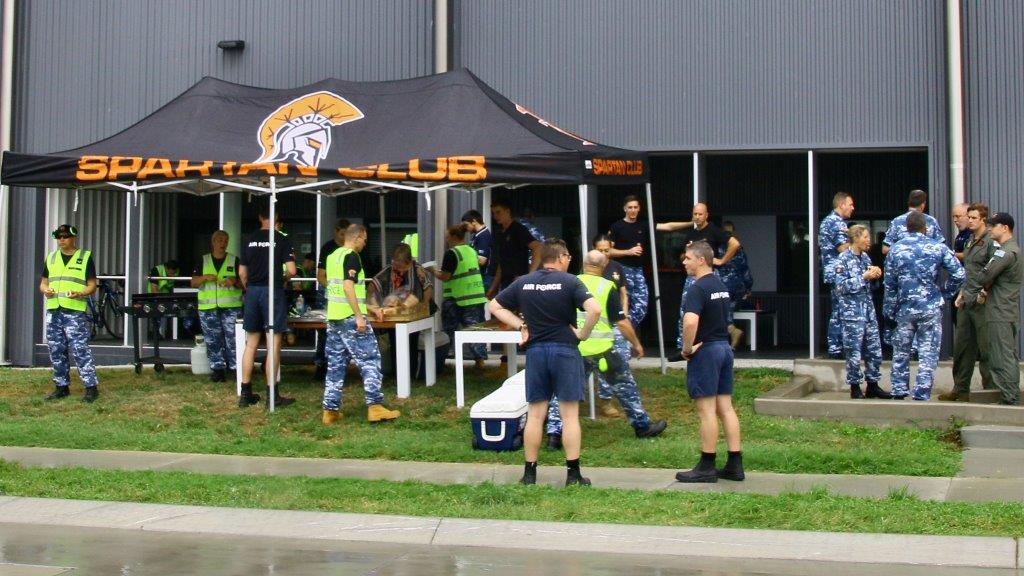|
|
||
|
||
|
Privacy Policy | Editorial Policy | Profit Policy | Join the Association | List of Members | Contact us | Index | Links |
||
|
Back Go to page: 1 2 3 4 5 6 7 8 9 10 11 12 13 14 15 16 17 18 19 20 Forward |
||
|
|
||
|
My Story |
||
|
Contents.
|
||
|
Ted McEvoy.
|
||
|
Although he’s an incredibly humble and understated man, the truth is that if you name it, Ted McEvoy has probably done it! From skydiving to scuba-diving, flying gliders to breeding Dalmatians, dressing up as Santa, volunteering as an English teacher in Vietnam and even trying his hand at square dancing, by any measure the AFME Mirage Terraces (Perth WA) resident of 10 years has lived life to the fullest.
Born during the war in 1943 in England to a Presbyterian mum and a Catholic father, Ted spent the first nine years of his life growing up in Southampton where he lived with his mum and younger brother, as well as his father when he wasn’t sailing the world as a member off the Merchant Navy. But when he was nine years old, Ted and his family joined the post war migration exodus from the UK to Australia, embarking on the ship the ‘New Australia’, which sailed via the Suez Canal to Fremantle, and then on to Sydney where the family disembarked in 1954.
The winters are cold in Bathurst , particularly when it snows and there is no heating or running water in the house and the family couldn’t stop thinking about the beautiful climate they’d encountered on their stop off in Fremantle three years prior. So, Ted’s parents thought ‘bugger this blooming cold’, let’s head back to the west for some sunshine. The family settled in Mount Lawley, where Ted was enrolled in Highgate Primary School, and later went on to become a high school student at Mount Lawley, the suburb in which he also gained his first job as a paperboy.
In 1959, the then 16-year-old was accepted as an apprentice in the Air Force, although was told he had terrible acne and was given 12 months to clear it up. According to Ted, the next year was dominated by eating lots of salad and so in 1960, Ted, having cleared up his acne, was sent to Melbourne via steam locomotive to begin his electronics training, where he was based at Frognall, in Camberwell. It was there that he met his future wife, who at the time was studying at the rather grand sounding Emily McPherson College of Domestic Economy. The couple married in 1967 at the RAAF base at Richmond, just prior to Ted being posted to Vietnam where he was part of the aircraft electronics team. He remembers his 12-month tour of duty as something he was ‘happy to survive’, whilst admitting he met a lot of fantastic blokes, many of whom he remains friends with today.
|
||
|
|
||
|
What then followed was a 20 year career in the Air Force, with many postings around Australia, though it was his time spent in Vietnam that perhaps had the most impact, which may explain why he has visited the country on numerous occasions ever since, mostly working as a volunteer English teacher in various schools. “To me it’s about giving back to the country, which is absolutely stunning,” says Ted, who has been able to pick up the Vietnamese language to varying degrees over the years. But with the border restrictions implemented as a result of the 2020 pandemic, Ted wasn’t able to visit the country this year, and had to cancel the holidays he had planned, including a trip to Cuba in April and Japan in June.
Fortunately, Ted’s varied commitments kept him largely ‘out of mischief’ during the year. A committee member on the MER Branch, the coordinator for the AFME buggy, one of the estate’s bus drivers, a committee member for the Vietnam Vets of Australia group, the Vice President for RAAF Vietnam Vets and a ‘go-to’ man for any computer, phone, TV or smart speaker issues, Ted is clearly a man in demand.
Perhaps one of his most endearing roles of recent times occurred when he dressed up as Santa for the RAAFA kids Christmas party, where he was accompanied by his sister in-law who masqueraded as ‘Mary Christmas’. “That was a great gig,” admits Ted. “I loved seeing the smiles on the faces of the kids. And even if I do say so myself. I look like a pretty legitimate Santa Claus, plus, like most things, I was willing to give it a go.
If the world was a logical place, men would be the ones who rode horses side-saddle.
35 Sqn 79th Birthday.
35 Squadron RAAF was formed at RAAF Base Pearce in Western Australia in February 1942 and was initially equipped with a Fox Moth and a de Havilland Dragon aircraft. 35 Squadron commenced operations in March 1942 flying operations to Geraldton, Rottnest Island and Kalgoorlie. The Squadron relocated to Maylands Airfield in Perth on 6 April 1942.
The de Havilland Dragon made a forced landing into the sea south of Dongara reducing the squadron down to its lonely Fox Moth. A Moth Minor, a twin seat trainer, was acquired shortly later, though was not that suitable for transport operations. Two Fairey Battles joined the squadron in September 1942, again not that suitable for transport operations. A second Moth Minor and an Avro Anson joined the squadron in October 1942. A Dragon Rapide joined the motley collection of squadron aircraft in November 1942. Six Tiger Moths and a Northrup Delta joined the Squadron during December 1942 through to January 1943.
35 Squadron relocated back to Pearce on 5 August 1943 and eventually replaced their strange collection of aircraft with Dakotas on 18 December 1943. The strange collection of aircraft was then inherited by 7 Communications Unit RAAF.
35 Squadron Dakotas based in Pearce commenced freight and passenger operations to as far as Broome in Western Australia, and Essendon in Melbourne. 35 Squadron moved to Guildford in Western Australia on 11 August 1944. A Detachment of 35 Squadron was established in Brisbane in south east Queensland later in August 1944 for special duties in eastern and northern Australia. The control of transport squadrons passed from the Directorate of Air Transport to the RAAF on 16 October 1944.
Three Dakotas from 35 Squadron flew to Higgins Airfield on 17 October 1944 to fly a special ferry service to Aitape on the north coast of New Guinea.
A Detachment of the Squadron began operation from Townsville and staged through Iron Range, Merauke, Hollandia, Tadji and Noemfoor. Another Detachment was based in Darwin in the Northern Territory. Living quarters Townsville.
On 31 January 1945 an advance party left Guildford for Townsville, arriving there on 3 February 1945. The rest of the Squadron arrived in Townsville in February and March 1945. They started scheduled operations to bases in eastern Australia and New Guinea on 1 April 1945. A Detachment was based at Morotai in late April 1945. After Japan's surrender, 35 Squadron supported the movement of three RAAF fighter Squadrons and various support Units to Japan before disbanding in June 1946.
After continued lobbying from the United States government for a larger contribution to the war, the Australian government decided in May 1964 to send six of the Air Force's new Caribou transport aircraft to Vietnam. The RAAF had just received three of its ordered 18 Caribou from de Havilland of Canada, which the government decided would deploy in June, followed with another three by October. As the Caribou were being flown from Canada to Australia via Butterworth, Malaysia, it was decided to establish the new unit for Vietnam in Butterworth and the RAAF Transport Flight Vietnam (RTFV) was formed on 21 July 1964.
The Caribous were integrated into the Southeast Asia Airlift System, operated by the United States Air Force (USAF), and became part of the 315th Troop Carrier Group (Assault), which later became the 315th Air Commando Wing. RTFV flew its first operational mission on 14 August.
On 1 June 1966, the RAAF Transport Flight in Vietnam was re-titled No 35 Squadron and operational control for the squadron passed to the 834th Air Division of the USAF Seventh Air Force..
35 Squadron flew from its home base at Vung Tau, operating cargo and passenger flights throughout South Vietnam. Paratrooping operations, in support of the South Vietnamese Army were also a feature of No 35 Squadron's operations as were occasional night flare dropping missions.
The unit transported personnel and equipment into "some 115 airfields of varying surfaces and dimensions" throughout the Republic of Vietnam. The Caribous also carried livestock, mail, fuel drums, and even peasant workers. As the RTFV aircraft used the call-sign "Wallaby", the unit quickly became known as "Wallaby Airlines". The unit performed to higher standards than American squadrons with similar aircraft.
Although the work was routine, flying in a war zone was still dangerous. The weather was often poor and aircraft were hit by enemy ground fire, wounding aircrew. Two aircraft were destroyed in landing accidents, while a third was destroyed in March 1970 by mortar fire at That Son air base, near the Cambodian border.
In June 1971, the squadron's remaining seven aircraft were reduced to half strength, when three Caribous returned to Australia as part of the government's decision to decrease Australia's involvement in the war. Due to servicing requirements, this meant that only two aircraft were operational. In October and November the squadron Caribous lifted 3rd Battalion, Royal Australian Regiment (3RAR); and 2 Squadron, Special Air Service; and some of the last army personnel from the Australian base at Nui Dat to Vung Tau, from where the troops returned to Australia. The squadron's time came a few months later. Flying ceased on 13 February 1972 and all personnel prepared for their return to Australia. The four Caribous took off six days later and arrived in at Richmond Air Force base on 26 February. It was the last RAAF unit to leave Vietnam.
In its seven and a half years in Vietnam, 35 Squadron flew nearly 80,000 sorties (totalling 47, 000 hours of flying time) and carried 677,000 passengers, 36 million kilos of freight, and 5 million kilos of mail.
Four years after arriving back in Australia, the Squadron moved to Townsville Queensland, where Iroquois helicopters joined the Unit's Caribous. 35 Sqn became the only RAAF squadron to ever be simultaneously equipped with rotary and fixed-wing aircraft. With this mixed fleet of aircraft, No 35 Squadron undertook army tactical support tasks and civil aid operations, including search and rescue, medical evacuations and flood relief work.
35 Squadron continued its mixed rotary/fixed wing operations until December 1989, when the Iroquois were transferred to Army control. In 2000, Caribou operations were rationalised, and No 35 Squadron's operations were amalgamated into No 38 Squadron. With no aircraft, 35 Sqn was moth-balled and told to ‘mark time’ for a year or two while a replacement aircraft was sought.
In January 2013, 35 Sqn was cranked up again and, based at Richmond, became an element of No. 84 Wing. Its first aircraft, the Alenia C-27J Spartan transport aircraft arrived at Richmond in 2015 and the RAAF organised a welcoming parade. Gradually over the next few years, the numbers increased until the Sqn’s complement of 10 aircraft had arrived in April 2018.
In 2019, under its (then) CO, WngCdr Ben Poxon (right), the Sqn moved ‘holus-bolus’ to Amberley where it is today.
On the 11th March 2021, with the Corona Virus restrictions having been eased considerably, the Sqn, under its current CO, WngCdr Scott Egan, decided to celebrate its 79th birthday with a get together in the Sqn buildings at Amberley. The occasion was also an excellent opportunity to acknowledge some wonderful work performed by some members of the Sqn and to hand out some well earned awards.
Several members from the RTFV-35Sqn Association were invited and of course we went along and to make us feel at home, the Sqn towed a Caribou from the Heritage Centre up to the Sqn’s hard stand and had it open for display. A lovely thought which was very much appreciated.
|
||
|
The only mystery in life is why the kamikaze pilots wore helmets.
|
||
|
|
||
|
The Caribou on display and open, a very considerate gesture on behalf of 35 Sqn. The old Bou could do with a bit of TLC, she’s starting to show her age (like the rest of us).
|
||
|
|
||
|
L-R: John McDougall, Jennie McIntosh, Trev Benneworth, John Griffiths, John ‘Sambo’ Sambrooks, Peter Gleeson, Andria Butler.
|
||
|
|
||
|
Jennie McIntosh couldn’t help hamming it up while inside one of the RAAF’s best ever aircraft.
|
||
|
|
||
|
Later in the morning the Sqn members assembled in an area adjacent to the Sqn smoko room for the ceremony.
|
||
|
|
||
|
The CO, Scott Egan welcomed all to the event, pointed out the magnificent ‘birthday’ cake that he reckons he baked last night and invited everyone to partake of it at the end of the ceremony.
|
||
|
|
||
|
The magnificent cake that Scott said took him hours to bake and prepare. Indeed, a man of many talents.
|
||
|
|
||
|
Squadron Warrant Officer, Evan Cannard, only recently posted into the Sqn, took the opportunity to introduce himself to the Squadron personnel.
CO, Scott Egan then presented several awards.
|
||
|
|
||
|
SqnLdr Justin Van Beuningen received the Second Clasp to his Defence Long Service Medal.
|
||
|
|
||
|
LAC Sharni Retzki – the Defence Service Medal.
|
||
|
|
||
|
The Sqn’s XO, SqnLdr Justin Della Bosca introduced Sgt Joshua Baker who was to receive a United States Army Achievement Medal. Joshua put his life at risk to help US servicemen while participating in a paradrop.
|
||
|
|
||
|
Sgt Joshua Baker (left) receiving his award from SqnLdr Justin Della Bosca. Josh seems more interested in Scott’s cake.
The CO then asked if John McDougall, the President of the RTFV-35Sqn Association would say a few words and remind current Sqn members of some of the Sqn’s history. You can read John’s talk HERE.
|
||
|
|
||
|
It was then time to get stuck into Scott’s cake. As per standard operational procedures, the CO called for the eldest and youngest in the room to step forward. John McDougall was, by a country mile, the most ancient person in the room and the delightful Christina McCullum the youngest. Both were given a knife and attacked the cake with a vengeance.
|
||
|
|
||
|
John McDougall, Christina McCallum
|
||
|
|
||
|
Then, what would an Air Force event be without a barbecue. After the official part of the ceremony was concluded, everyone was invited downstairs to the ‘Spartan Club' to partake in a typical Ozzie sausage sizzle.
All in all, it was a great day – thanks to 35Sqn for inviting us.
|
||
|
Protons have mass? I didn't even know they were Catholic. |
||
|
|
||
|
|
||
|
Back Go to page: 1 2 3 4 5 6 7 8 9 10 11 12 13 14 15 16 17 18 19 20 Forward |
||


